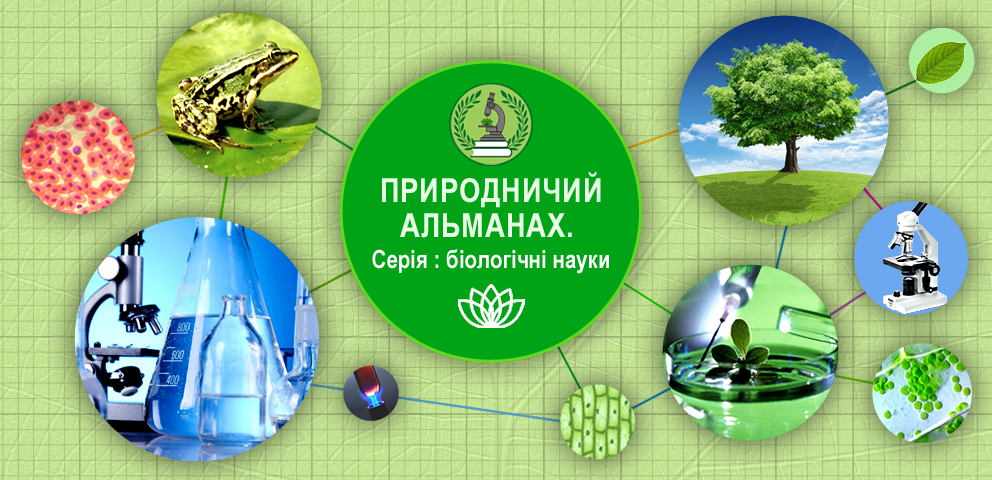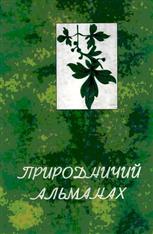DOES LEUCINE-ENRICHED PROTEIN REALLY AFFECT PROTEIN LEVELS IN THE MUSCLES OF OLD MICE?
Анотація
Sarcopenia, characterised by the progressive loss of skeletal muscle mass, strength, and functionality, represents a significant health concern in the aging population. One of the promising approaches to preventing sarcopenia is the use of the amino acid leucine, which activates the mTOR signalling pathway and promotes muscle protein synthesis. Reduced muscle strength and coordination increase the risk of falls, which can lead to severe injuries, such as hip or vertebral fractures. Such injuries often require prolonged recovery and may result in disability. Sarcopenia is often accompanied by an increase in fat mass against the background of muscle loss. This reduces the basal metabolic rate, contributing to the development of obesity and metabolic diseases such as type 2 diabetes. Loss of muscle mass lowers overall physical endurance, complicating the function of the heart and blood vessels, which increases the risk of cardiovascular diseases and related complications. The study was conducted on aged mice (25 months old), divided into three groups: a control group, a group receiving pure leucine supplementation, and a group receiving leucine-enriched whey protein. At the end of the experiment, the levels of leucine, glucose, and insulin in the blood, as well as protein synthesis in muscle tissue, were assessed. The results showed that the administration of pure leucine significantly increased its concentration in the blood (8-fold) and muscle tissue (3.8-fold) but did not promote muscle protein synthesis. In contrast, administering leucine in a whey protein mixture showed a less pronounced increase in leucine levels but effectively enhanced protein synthesis (by 1.2-fold) and reduced glucose levels. Insulin levels increased in both experimental groups, but this effect was less pronounced in the leucine mixture group. These findings underscore the potential efficacy of using leucine in combination with whey protein as an effective strategy for maintaining muscle mass and function during ageing. The obtained data have practical significance for the development of dietary and pharmacological strategies in combating sarcopenia.
Посилання
2. Beschasnyi, S., & Hasiuk, O. (2023). Carbon monoxide and their donor (CORM-2) change the healing rate of skin wound healing in mice through reduced expression of aquaporin-3. Fabad Journal of Pharmaceutical Sciences, 48(1), 1-10.
3. Colleluori, G., & Villareal, D. T. (2021). Aging, obesity, sarcopenia and the effect of diet and exercise intervention. Experimental gerontology, 155, 111561. https://doi.org/10.1016/j.exger.2021.111561.
4. Damluji, A. A., Alfaraidhy, M., AlHajri, N., Rohant, N. N., Kumar, M., Al Malouf, C., Bahrainy, S., Ji Kwak, M., Batchelor, W. B., Forman, D. E., Rich, M. W., Kirkpatrick, J., Krishnaswami, A., Alexander, K. P., Gerstenblith, G., Cawthon, P., deFilippi, C. R., & Goyal, P. (2023). Sarcopenia and Cardiovascular Diseases. Circulation, 147(20), 1534–1553. https://doi.org/10.1161/CIRCULATIONAHA.123.064071.
5. Dijk, F. J., van Dijk, M., Walrand, S., van Loon, L. J. C., van Norren, K., & Luiking, Y. C. (2018). Differential effects of leucine and leucine-enriched whey protein on skeletal muscle protein synthesis in aged mice. Clinical nutrition ESPEN, 24, 127–133. https://doi.org/10.1016/j.clnesp.2017.12.013.
6. Egawa, T., Tsuda, S., Goto, A., Ohno, Y., Yokoyama, S., Goto, K., & Hayashi, T. (2017). Potential involvement of dietary advanced glycation end products in impairment of skeletal muscle growth and muscle contractile function in mice. The British journal of nutrition, 117(1), 21–29. https://doi.org/10.1017/S0007114516004591.
7. Goisser, S., Kemmler, W., Porzel, S., Volkert, D., Sieber, C. C., Bollheimer, L. C., & Freiberger, E. (2015). Sarcopenic obesity and complex interventions with nutrition and exercise in community-dwelling older persons--a narrative review. Clinical interventions in aging, 10, 1267–1282. https://doi.org/10.2147/CIA.S82454.
8. Goodman, C. A., Mabrey, D. M., Frey, J. W., Miu, M. H., Schmidt, E. K., Pierre, P., & Hornberger, T. A. (2011). Novel insights into the regulation of skeletal muscle protein synthesis as revealed by a new nonradioactive in vivo technique. FASEB journal : official publication of the Federation of American Societies for Experimental Biology, 25(3), 1028–1039. https://doi.org/10.1096/fj.10-168799.
9. Hashimoto, Y., Takahashi, F., Okamura, T., Hamaguchi, M., & Fukui, M. (2023). Diet, exercise, and pharmacotherapy for sarcopenia in people with diabetes. Metabolism: clinical and experimental, 144, 155585. https://doi.org/10.1016/j.metabol.2023.155585.
10. Kang, Y. K., Min, B., Eom, J., & Park, J. S. (2022). Different phases of aging in mouse old skeletal muscle. Aging, 14(1), 143–160. https://doi.org/10.18632/aging.203812 Kang, Y. K., Min, B., Eom, J., & Park, J. S. (2022). Different phases of aging in mouse old skeletal muscle. Aging, 14(1), 143–160. https://doi.org/10.18632/aging.203812.
11. Kim, J., Jeong, E. W., Baek, Y., Go, G. W., & Lee, H. G. (2023). Comparison of the effects of commercial whey protein and native whey protein on muscle strength and muscle protein synthesis in rats. Food science and biotechnology, 32(3), 381–388. https://doi.org/10.1007/s10068-023-01248-7.
12. Salles, J., Gueugneau, M., Patrac, V., Malnero-Fernandez, C., Guillet, C., Le Bacquer, O., Giraudet, C., Sanchez, P., Collin, M. L., Hermet, J., Pouyet, C., Boirie, Y., Jacobs, H., & Walrand, S. (2023). Associating Inulin with a Pea Protein Improves Fast-Twitch Skeletal Muscle Mass and Muscle Mitochondrial Activities in Old Rats. Nutrients, 15(17), 3766. https://doi.org/10.3390/nu15173766.
13. Saxton, R. A., & Sabatini, D. M. (2017). mTOR Signaling in Growth, Metabolism, and Disease. Cell, 168(6), 960–976. https://doi.org/10.1016/j.cell.2017.02.004.
14. Wiedmer, P., Jung, T., Castro, J. P., Pomatto, L. C. D., Sun, P. Y., Davies, K. J. A., & Grune, T. (2021). Sarcopenia - Molecular mechanisms and open questions. Ageing research reviews, 65, 101200. https://doi.org/10.1016/j.arr.2020.101200.

